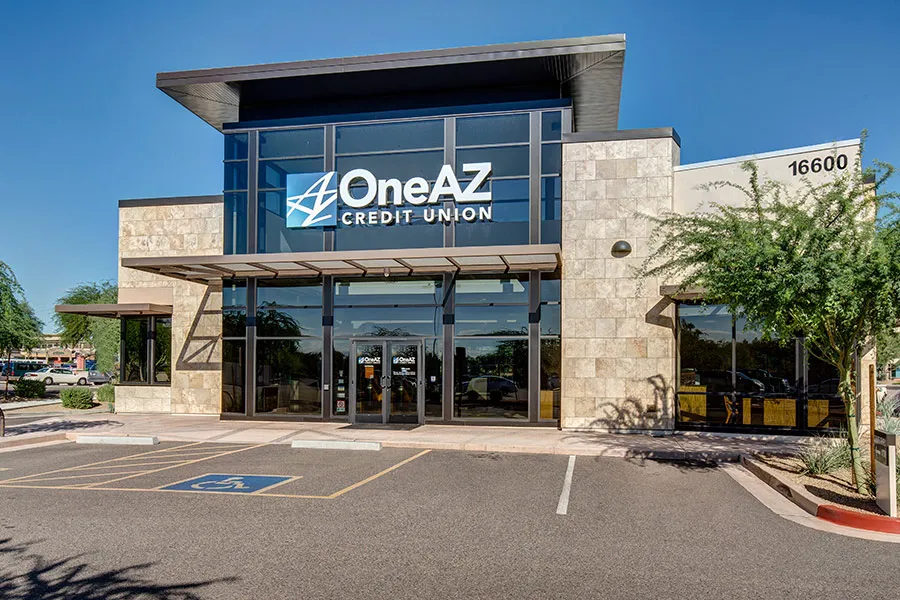How to Create a Budget in 7 Simple Steps
These in-depth tips will help you create a budget and manage your money more effectively.
Budget
A budget is a financial plan that outlines expected income and expenses over a specific period, typically monthly or annually. It serves as a tool for individuals and businesses to allocate resources efficiently, control spending, and achieve financial goals.
Grab Your Free Budgeting Worksheet
Create a budget and hit your financial goals with our free printable budgeting template.
Budgeting for Business
Learning to create and maintain a budget can help your business finances thrive. Business owners, check out our business budgeting resources to master your finances.
How to Create a Business Budget in 5 Easy Steps
Budgeting for business is made easy with the right process, platform and discipline to stick with it.

Frequently Asked Questions
The 50/30/20 budget rule is a popular personal finance guideline that suggests dividing after-tax income into three categories: 50% for needs, 30% for wants, and 20% for savings and debt repayment. This rule provides a simple framework for budgeting, ensuring that essential expenses are prioritized while leaving room for discretionary spending and saving for the future.
Zero-based budget, 50/30/20 budget, and the cash stuffing or envelope-based budget methods are three popular ways to budget your money.
- Analyze your past 90 days of spending.
- Create spending and saving categories.
- Transfer your spending into a budget template.
- Choose a budgeting method.
- Stick to your plan for 90 days.
- Review and adjust as needed.
- Make budgeting a lifestyle.
Budgeting is the process of creating a plan to manage and allocate financial resources effectively, with the aim of achieving specific financial goals. It involves estimating income, identifying expenses, and prioritizing spending to ensure that resources are used efficiently and in alignment with personal or organizational objectives.
- Track your spending in a budget template.
- Set realistic goals.
- Stick to your budget by regularly reviewing and adjusting it as needed.
- Automate savings and payments.
- Prioritize an emergency fund.
FinLit Quiz

Learn How to Create a Budget with Chris Peach
Explore Budgeting Resources
- Six Simple Tips to Help You Create a Budget
- Financial Planning & Investing: Should You DIY or Trust a Pro?
- What to Do When Your Emergency Stockpile Runs Low
- How to Set Up an Emergency Savings
- Automate Your Savings
- How to Create a Budget in 7 Simple Steps
- Four Reasons to Start Saving Now
- How to Budget for the New Year
- Five Part Checklist to Improve Your Financial Fitness
- Try These Ten Financial Life Hacks
- Planning a Vacation in a Time of Inflation
- 7 Wealth Building Steps Gen Z Should Take Right Now
- Building a Budget from Scratch
- 5 Money-Saving At-Home Entertainment Ideas
- What to Do If You Can't Pay Your Bills
- Four Financial Goals To Keep You Moving Forward
- How to Use the 50/30/20 Budget Method and Calculator
- Three Types of Budgets: Find the Right Fit for Your Finances
- Loud Budgeting: How to Normalize Financial Transparency
- The Pros and Cons of Budgeting Apps
- 10 Fun Money Saving Challenges to Try This Year
- Budget Worksheet (Printable)
- Emergency Fund Readiness & Stimulus
- What’s Your Plan After Debt Payment Protections End?
- How Much of My Paycheck Should I Save?
- Create a Saving Plan: Your Guide on How to Save Money
- 5 Backyard Deck Ideas on a Budget
- 5 Wealth Building Strategies for Gen Z
- Party Finger Foods on a Budget
- Which Savings Account Will Earn You the Most Money?
- What’s Your Plan in the Face of Inflation and Shortages?
- Savings Goals at Every Age
- Top 10 Financial New Year's Resolutions You Can Actually Stick To
- 10 Things You Should Do (and NOT Do) with Your Year-End Bonus
- What is Inflation, How Does it Work, and What Can I Do About It?
- How to Prepare for a Recession in 5 Straightforward Steps
- Maximize Your Savings
- How to Prioritize Your Savings Goals When You’re Just Starting Out
- How Does a Balance Transfer Work and How Does it Help Me Save Money?
- Why It's Important to Start Investing in Your 20s and 30s and How to Begin
- What is a Money Market Account and How Can It Help Me?
- 10 Steps to Retiring in Arizona
- Retirement Income Planning: The 4% Rule vs The 25X Rule
- How Does Compound Interest Work?
- Investing in Education: A Guide to Arizona’s 529 College Savings Plan
- How to Build Your Emergency Fund with an Emergency Fund Calculator
- 9 Steps to Creating Real Savings Goals for 2024






